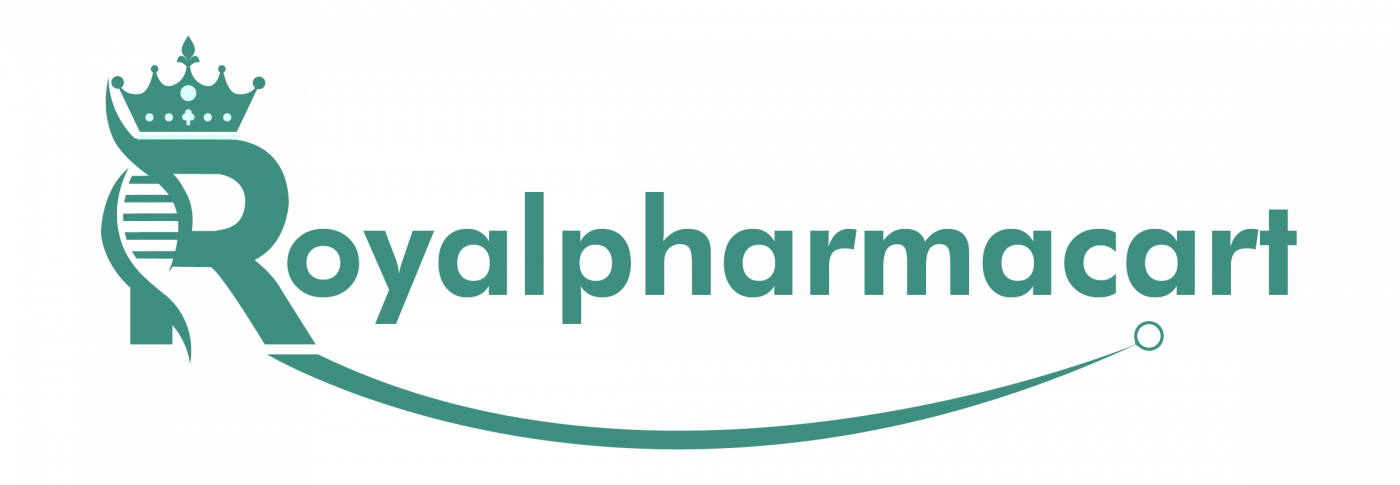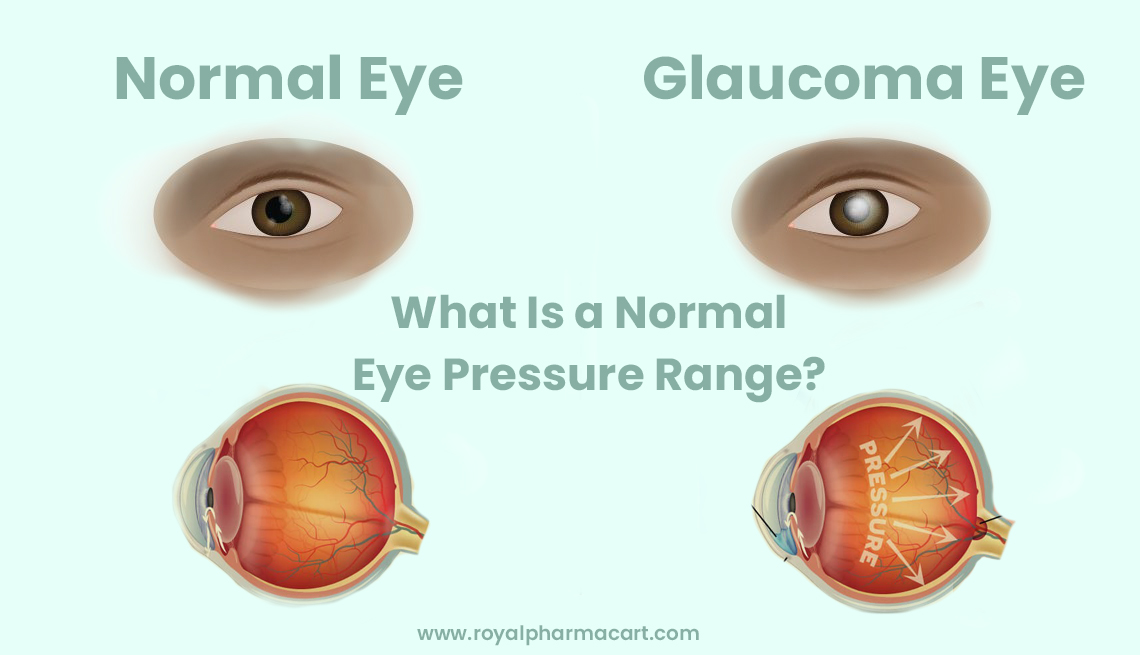eyelashes drop
What Is a Normal Eye Pressure Range
What Is a Normal Eye Pressure Range?
What Is a Normal Eye Pressure Range, Normal eye pressure is between 10 mmHg and 20 mmHg. The eye pressure typically associated with glaucoma is above 21 mmHg, but eye damage may develop at lower or higher pressures in some people.
The front of the eye is filled with a clear fluid called aqueous humor. These liquid shapes your eye and nourishes its cells. An imbalance in the amount of fluid inside the eye can lead to potentially dangerous high or low eye pressure.
Doctors use a unit of measurement called millimeters of mercury (mmHg) to measure the pressure in the eyes. According to the American Academy of Ophthalmology, normal eye pressure is between 10 mmHg and 20 mmHg.
Changes in eye pressure often do not cause symptoms until optic nerve damage is more advanced. However, regular eye exams can help detect pressure changes before complications arise.
What is High Eye Pressure Rang?
High eye pressure, or ocular hypertension as it is called in medical terms, is a condition in which the pressure inside the eye or intraocular pressure increases beyond its normal range. Normal eye pressure is between 10 mm Hg and 21 mm Hg. If your eye doctor finds that the eye pressure has exceeded this range, he or she may suggest some additional tests and begin treatment for high eye pressure.
Eye pressure cannot be considered a disease in itself, but it can indicate an underlying disease such as glaucoma. High eye pressure must be detected and treated in time because it can eventually lead to optic nerve damage and serious visual impairment.
Symptoms of high eye pressure
Some of the common symptoms of ocular hypertension include:
- Pain in and around the eye
- Blurred vision
- Blind spots in the visual field
- Red eyes
- Eye irritation and discomfort
- Headache
If you experience one or more of the symptoms above, your eye doctor may perform tests to check your IOP levels to decide further treatment.
Treatment of High Eye Pressure (ocular hypertension)
Eye drops are generally the first-line treatment prescribed for ocular hypertension.
Eye drops, such as bimatoprost, help drain excess fluid or decrease fluid production in the eye.
For mild cases of ocular hypertension, lifestyle changes, such as a healthy diet, good hydration, and eye exercises, may help reduce eye pressure.
In severe cases, lifestyle changes may not result in a significant change in IOP.
In such cases, your doctor may prescribe laser therapies or surgical procedures to treat the condition.
Therefore, it is advisable to consult a trusted ophthalmologist to effectively manage ocular hypertension.
Low eye pressure range
When internal eye pressure is too low, this condition is known as ocular hypotonia.
According to research, an IOP less than 8 mmHg can be defined as low eye pressure.
A significant decrease in eye pressure can lead to blurred vision and eye pain.
In severe cases of ocular hypotension, retinal tissues may be affected, leading to retinal detachment.
Treatment of low eye pressure (ocular hypotension)
Treatment for low blood pressure begins by determining the underlying cause, which may be previous surgery or health problems in some people.
Excessive fluid loss could be one of the reasons for decreased eye pressure.
In these cases, your doctor may suggest special contact lenses to repair the leak.
Research is still underway into drugs to increase eye pressure.
However, these medications have potential side effects that make their use impractical.
In severe cases of ocular hypotension, your doctor may prescribe steroids or nonsteroidal anti-inflammatory drugs to reduce symptoms.
What can happen if eye pressure is too high or too low?
In medical terms, high eye pressure is called ocular hypertension. If left untreated, it can damage the optic nerve that carries information from the eye to the brain. Ocular hypertension is the main cause of glaucoma.
Glaucoma is a group of conditions that cause progressive damage to the optic nerve that can lead to permanent vision loss or blindness.
Glaucoma is associated with eye pressures above 21 mmHg, but the pressure at which eye damage develops is different for each person.
Low eye pressure is less common than high eye pressure. A sudden drop in pressure can cause damage to the tissues of the eye.
FAQs.
How can I increase my eye pressure?
There is no proven way to naturally increase eye pressure. It is important to see a doctor if you are diagnosed with low eye pressure. Depending on the severity, your doctor may suggest medications or surgery to treat the condition.
How often should I check my eye pressure?
It is recommended to check your eye pressure during routine eye exams. Frequency may vary depending on age, overall eye health, and any pre-existing conditions.
Is it possible to reduce eye pressure naturally?
Certain lifestyle changes, such as maintaining a healthy diet, regular exercise and stress management, can contribute to overall eye health. However, medical advice is essential to manage ocular hypertension.
What factors can influence eye pressure?
Factors such as age, family history of eye disease, certain medications, and underlying health conditions can affect eye pressure.
Is it possible to measure eye pressure at home?
Although devices for measuring eye pressure at home are available, it is recommended to have it performed by a healthcare professional for accurate and reliable results.
Is everyone at risk for ocular hypertension?
Anyone, regardless of age or health, can develop high eye pressure. Regular eye exams are critical for early diagnosis and management.

